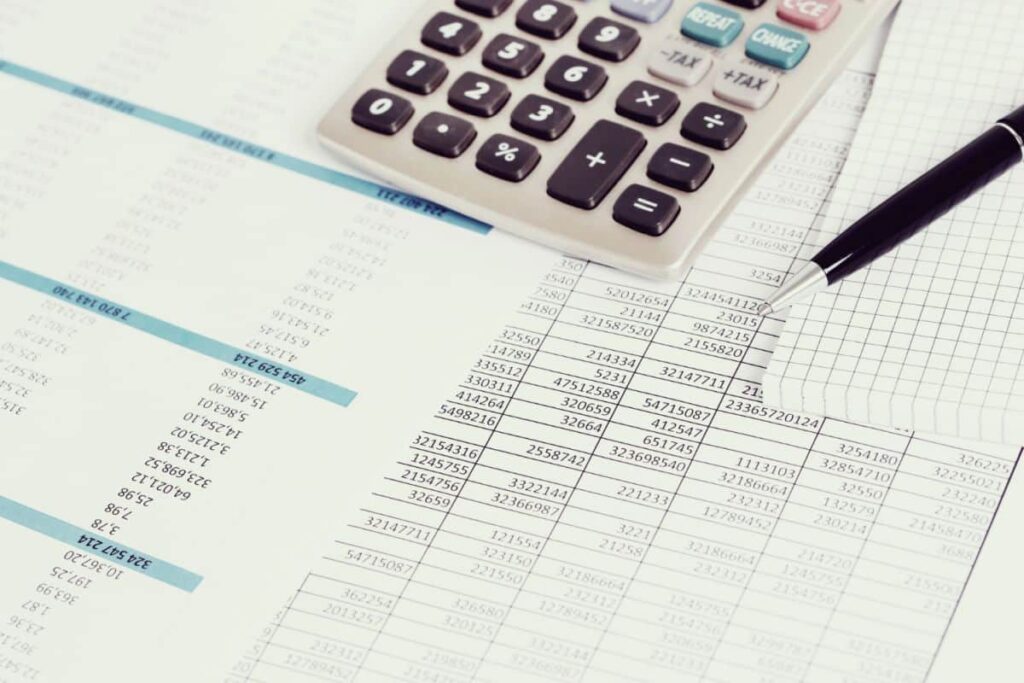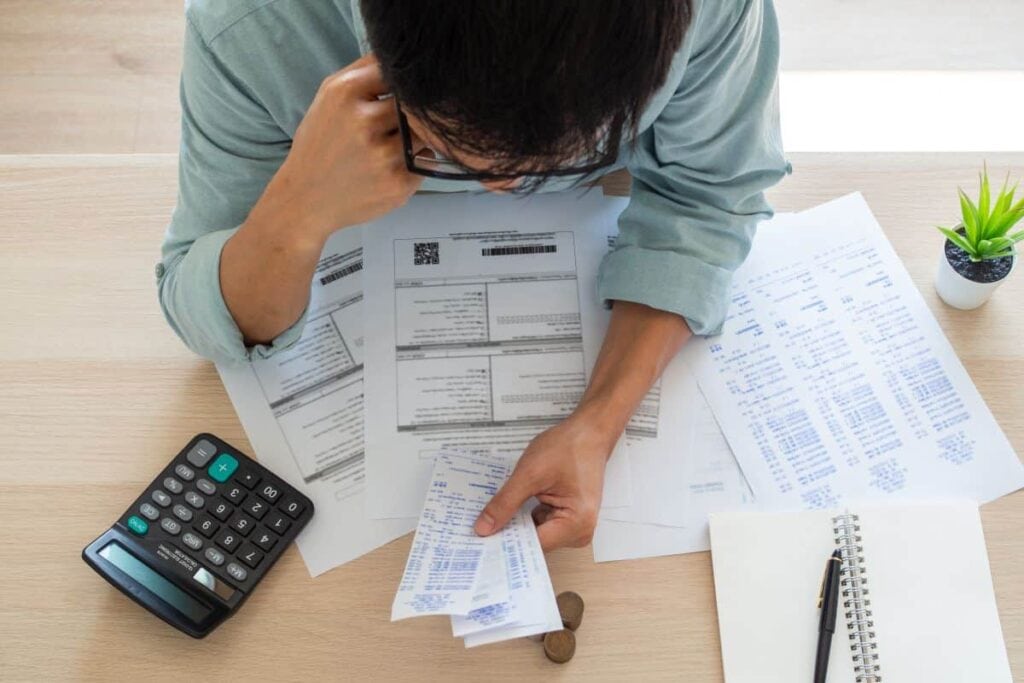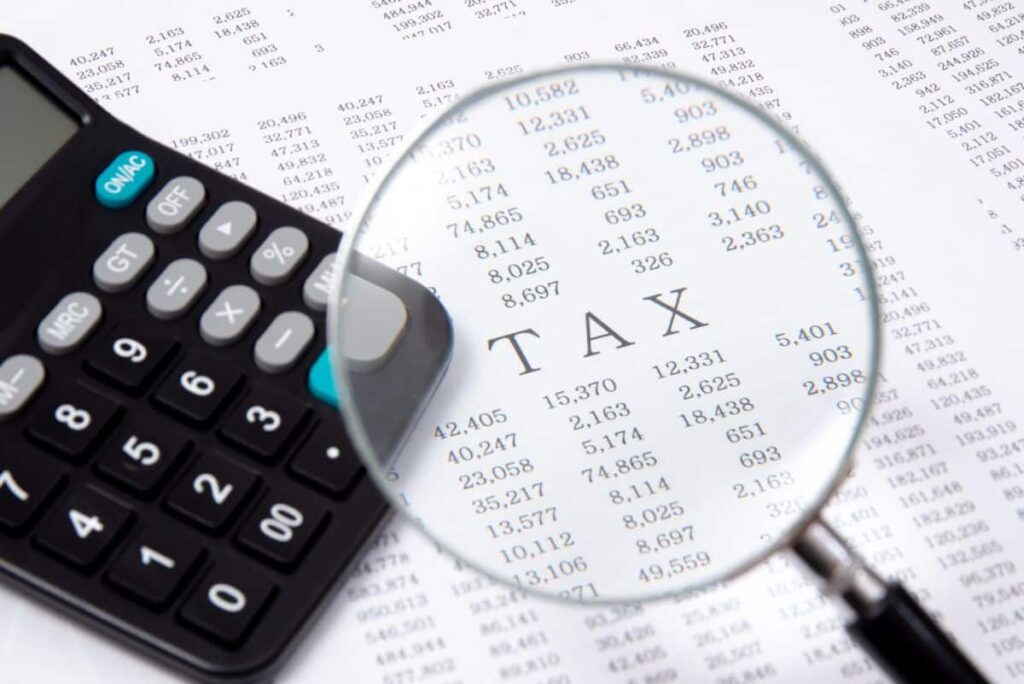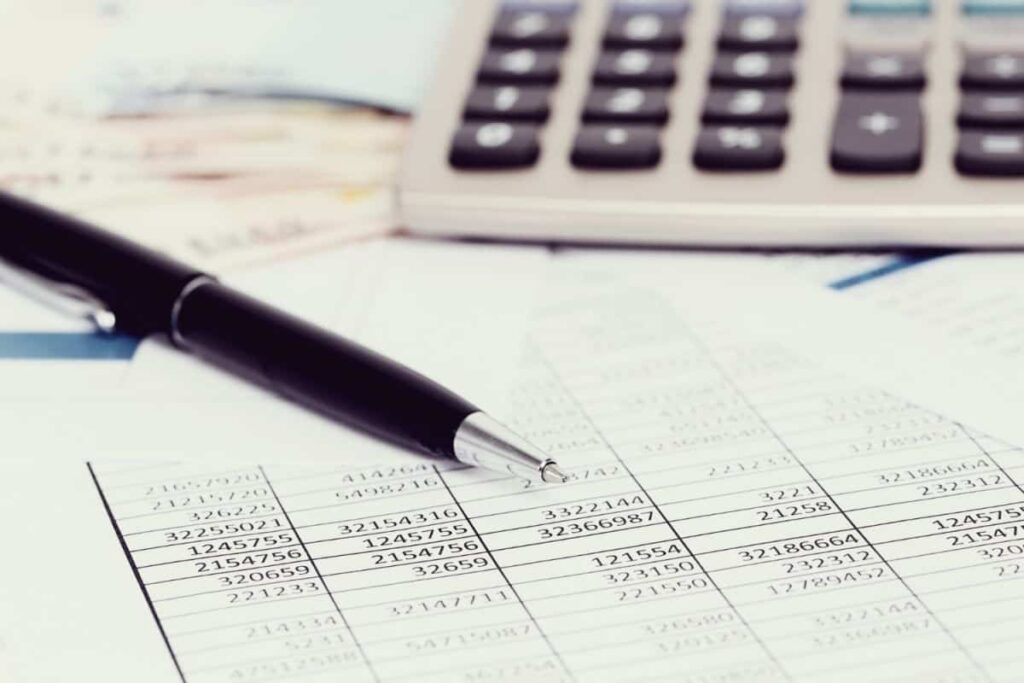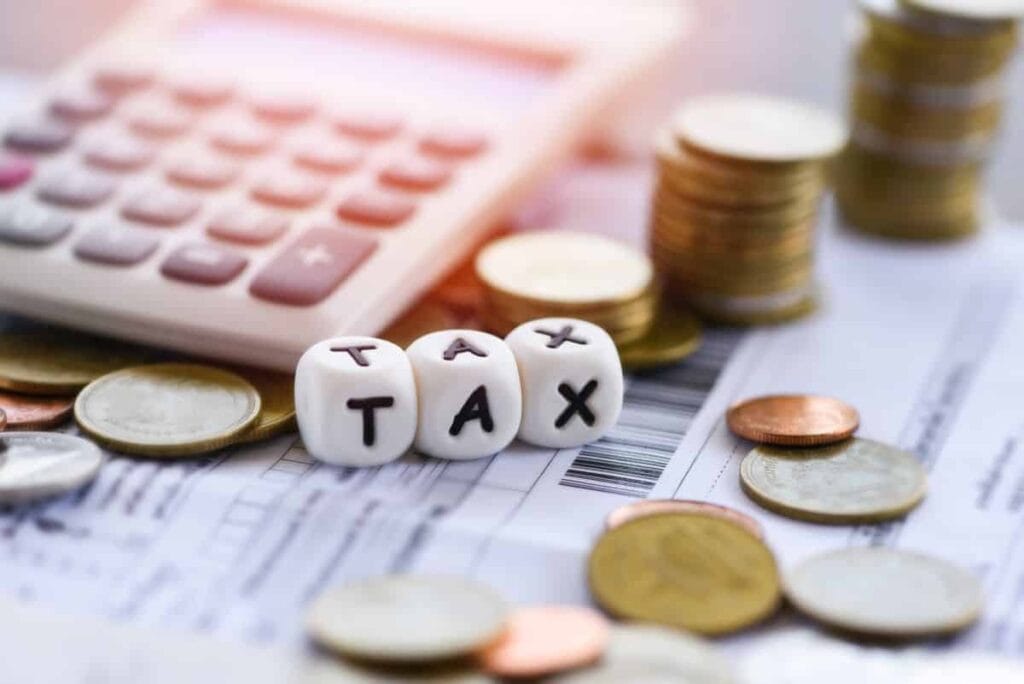Welcome to side hustles, where passion meets profit and your entrepreneurial spirit soars! Thank you for pursuing your aspirations in Australia while working full-time. This intriguing enterprise requires effective tax management. Your side gig's tax landscape is explained here.
Understanding Your Tax Obligations
Starting a side business in Australia is like starting a new financial chapter. It's exciting and full of hope but also brings new tax-related obligations. The most important thing to remember is that side hustle income is taxed like normal employment income. You must declare it on your annual tax return.
Let's imagine your side gig takes off, and you earn a lot. The Goods and Services Tax applies if this venture's yearly income exceeds $75,000. GST registration is now required. A major milestone equals extra tax paperwork. You must report consumer GST to the Australian Taxation Office (ATO) but can claim GST credits for business purchases.
The good news is that GST may apply to only a portion of your hustle revenue. It depends on your side gig. Some educational courses and medical, health, and care services are GST-free. Getting this properly is crucial, so consult the ATO's website for help.
Your tax position may become more complicated as your side gig increases. A tax agent or accountant in small enterprises or freelance income may be ideal now. They may provide customised guidance, explain your tax requirements, and optimise your tax status.
You must understand and manage your tax obligations to make your side gig a viable and compliant business. It's about matching your entrepreneurial drive with tax regulations so you may focus on what you love without tax shocks.
Keeping Records is Key
When balancing a side gig with your normal work, keeping track of every detail may seem like a burden, but it's a lifesaver when filing taxes. Consider record-keeping your financial unsung hero. Staying organised isn't enough—you must also prepare for tax season and avoid tax issues.
Tracking all side hustle revenue and expenses is key to excellent record-keeping. Gathering receipts and invoices isn't enough—you need a comprehensive financial picture of your organisation. Each item contributes to your tax return, whether $50 for site hosting, airfare to see a customer or project money.
But why is this crucial? It helps you record income appropriately. Remember, underestimating your revenue might cause ATO issues, which no one wants. You can also claim all deductions with the correct documents. This may greatly reduce your tax burden, and who doesn't want to save?
Peace of mind is another factor. Picture this: You have all your documents structured and ready for tax time, so you don't have to dig through mountains of paper or emails for receipts. This simplifies tax return preparation and prepares you for ATO income and expense verification. Yes, audits happen, and your careful records are your greatest protection.
Pro tip: maintain records digitally. Several tools and software can simplify and speed up this procedure. Some can link to your bank account to automatically track income and spending.
Keeping detailed side hustle records is about taking control of your finances, not simply tax compliance. It helps you analyse your business, make educated decisions, and expand your side hustle.
Know Your Deductions
Finding tax deductions to lower your taxable income may be like detective work. It makes side hustle financial management interesting. Every cost you make with your side business might get you tax refunds.
The key to learning deductions is recognising that expenditures vary. Deductions for side hustle expenses must be directly tied to income. If the expenditure is necessary for your side gig, it's probably deductible.
Use some popular instances to illustrate. Say you sell online as a side gig. Your products, packaging, and online platform costs can be deducted. Or a freelance graphic designer. You might deduct software subscriptions, your home internet cost, and even that ergonomic office chair you bought to make lengthy work hours more comfortable.
Travel expenses are another area where many side hustlers can see benefits. If you have to travel to meet clients, attend workshops, or even pick up supplies, these costs can be deductible. Just remember, the travel needs to be specifically for your side hustle – unfortunately, that family holiday to the Gold Coast doesn't count.
Now, there's the home office deduction for those of us diving into the world of side hustles from our homes. This may be challenging yet profitable. Based on the part of your house utilised for business, you can claim a percentage of your power, internet, and rent. Be precise—claiming too much might trigger ATO concerns.
While keeping track of all these expenses, remember the little things. Small expenses can add up. The printer ink, the stationery, even the apps you purchase to keep your hustle organised – it's all part of your business narrative.
Knowing your deductions is like having a superpower in your tax toolkit. It's about being smart and strategic with your expenses, understanding what counts, and keeping those records tidy and accurate. It’s not just about reducing your tax bill; it’s about recognising and valuing your investment in your dream.
Consider a Separate Bank Account
Imagine your side hustle's finances as a separate stream flowing into the vast ocean of your finances. These waters can easily mingle without proper distinction, turning your financial clarity into a murky confusion. This is where the beauty of a separate bank account for your side hustle comes into play.
Think of this separate account as your financial sanctuary, where every transaction is purely business. Every deposit reflects your hard-earned income from the hustle, and every withdrawal signifies a business expense. This clear distinction makes your life easier during tax time and gives you a real-time snapshot of how your side hustle is performing.
When tax time rolls around, having a separate bank account is like having a dedicated storyteller for your side hustle's financial tale. It shows corporate revenue and costs without personal transactions. This reduces the chance of missing deductible costs or misreporting personal interactions as a business. The Australian Tax Office (ATO) values clarity and accuracy in financial reporting.
It's more than pleasing the taxman. You appear more professional with a separate bank account. It's a psychological technique that reminds you that your side gig is a real business with the same seriousness as any other. This approach may energise you, especially if your side gig is a crazy juggling act.
Imagine your side gig becoming a full-fledged enterprise beyond your wildest expectations. A separate bank account from the get-go sets a solid foundation for this growth. It's like planting a tree in the right spot, giving it ample room to grow without entanglement.
And let's remember the practical perks. Reconciling accounts, budgeting, and qualifying for a business loan are easier with a separate account. You may show investors and financial institutions your financial history.
Creating a side business bank account is a simple way to streamline and professionalise your entrepreneurial path. For a smoother voyage tomorrow, go the extra mile now.
It may seem like another task, but consider it an investment in your side hustle's financial health and peace of mind.
Stay Informed About Superannuation
As a side hustler, superannuation is a complicated riddle. Understanding this is essential for regulatory compliance and financial security. You may ignore superannuation when running your side work, but it's important for your future finances.
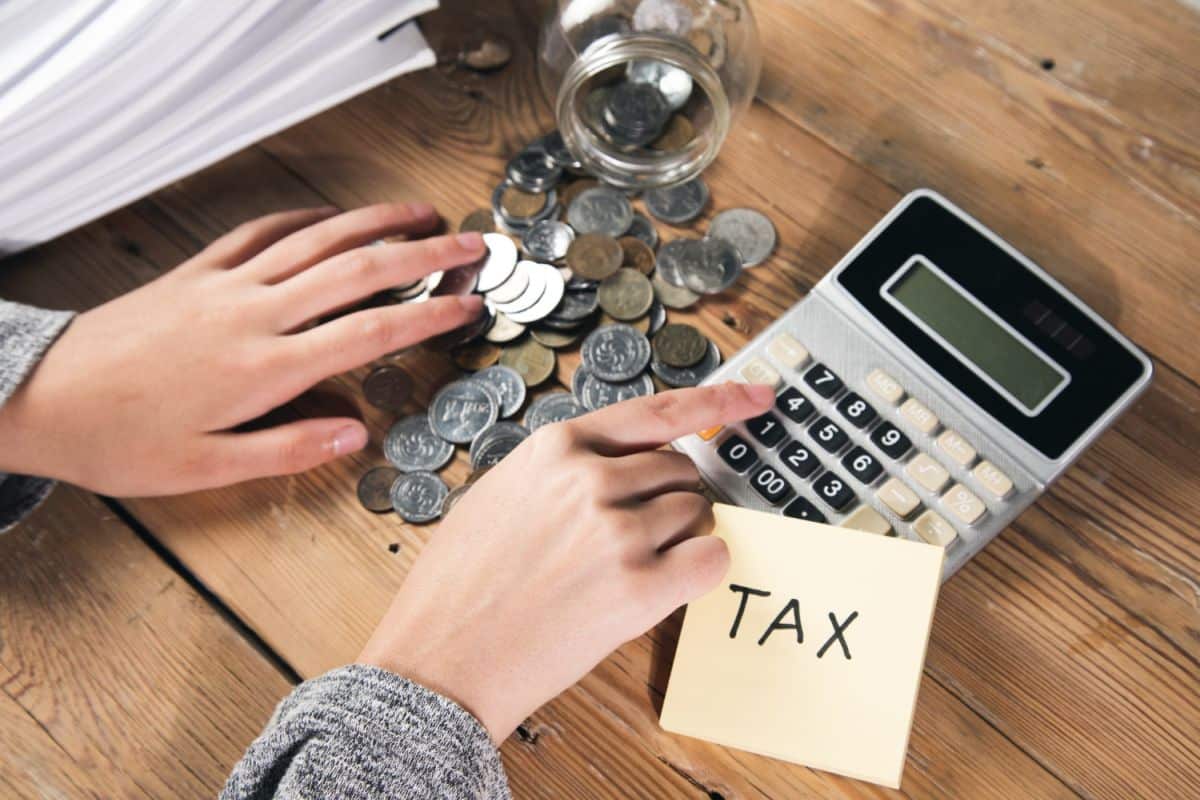
If you work in Australia, your employer usually deposits a portion of your pay into your super fund. Things change when you start a side business. It's acceptable to be alone. It empowers you by giving you retirement savings flexibility and control.
Side hustlers aren't required to contribute to their super, but they should. Why? First, it's about future security. These donations may drain your wallet, but they're investments in your future. You want your retirement to be comfortable and financially secure, right? That can be achieved with regular super donations.
The tax benefit follows. Tax-deductible super contributions. Contributing reduces your taxable income, which may minimise your tax burden. Saving for the future and taxes today is a win-win.
Let's discuss donation amounts. No single answer fits everybody. This depends on your income, age, retirement plans, and finances. Others may need to start modestly, while others can provide more. That's OK. Start and stick to it. Compound interest makes repeated tiny payments increase over time.
Refrain from treating your super like a savings account. Retirement investment. Most super funds invest in diverse assets, which may increase your investment quicker than a savings account.
Remember the concessional contribution cap. In 2023-2024, the limit is $27,500. This covers employer and personal deductible contributions. Watch out for tax ramifications if you exceed this cap.
As a side hustler, superannuation knowledge and contributions are crucial to financial wellness. It may feel like a hassle today, but your future self will thank you.
Caring for your super is caring for your future. It's about investing in your future, not just satisfying a legal requirement.
Quarterly Pay-As-You-Go (PAYG) Instalments
If you're running a side business, Quarterly Pay-As-You-Go (PAYG) Instalments offer an interesting aspect to the tax jigsaw. Understanding PAYG instalments is important because it helps you manage your cash flow and prevent a large tax burden at the end of the year.
What are PAYG instalments? You pay your estimated yearly income tax due periodically. Consider it a 'pay as you go' method that spreads out tax payments throughout the year instead of one hefty one at the end. The Australian Taxation Office (ATO) breaks down your tax responsibilities.
You may require these payments if your side gig takes off and your revenue rises. It usually kicks in when your business or investment income reaches a certain threshold. This system isn’t just out of the blue; it’s based on your last tax return. The ATO will look at your income and work out your instalments, gradually helping you pay off your expected tax bill.
Why does this matter for side hustlers? Imagine ending the fiscal year with a big tax bill you didn't expect. If your side business revenue fluctuates annually, it might be costly. Avoid this using PAYG instalments. They help you pay your taxes throughout the year to find money when the time comes.
PAYG instalments need monitoring income and modifying payments as needed. Your side gig and income may change. You can adjust your PAYG payments if your company revenue is lower than the ATO estimates. This flexibility is crucial in the uncertain world of side gigs.
It is not only about paying taxes but also about sound financial management. Regular PAYG payments allow you to budget for taxes rather than a surprise expenditure.
Running a successful side gig requires PAYG payments for tax purposes. Tax payments should be easier, more predictable, and less demanding. PAYG instalments are a side gig that teaches financial forethought and accountability.
Be Aware of the GST Threshold
Managing a side business in Australia is like sailing the entrepreneurial sea. You must watch the GST threshold as you navigate these waters. It's a milestone that brings new responsibility and progress.
What is the GST threshold, and why is it important? Australia's GST threshold is $75,000. If your side gig's yearly revenue exceeds this, register for GST. It's like a business milestone. Crossing this level shows your hustle is taking off. Success comes with responsibilities, in this instance, GST management.
GST registration is more than a formality. You must charge the Australian Taxation Office 10% more for products and services. Giving and taking are both involved. Your firm can claim GST credits on products and services acquired after GST registration, like donating a slice of pie but getting extra ingredients to bake.
Understanding the GST threshold is crucial because it changes how you price your products or services. The additional 10% could affect your competitiveness in the market, so it needs careful consideration and a strategy revamp.
It's more than price adjustments. GST registration requires quarterly business activity statements (BAS). These statements show GST collected and credits claimed. It adds paperwork to your hustle yet is necessary for major league play.
Don't worry if you're reaching or have exceeded this boundary. Tax professionals should be consulted. They can guide you through GST registration, reporting, and payments. They'll guide you across these unfamiliar seas.
The GST threshold is a milestone, not just a figure. It shows your side gig is evolving. It indicates you're operating a successful business, not simply a hobby. Accepting and handling change is crucial to your success.
Plan for Tax Time
Side hustlers prepare for tax season like a big event. This is about the final day and its preparation. Being ready makes things easier. A seamless tax time is like a well-rehearsed play ending in side hustles.
Tax season may be intimidating. This time is full of numbers, receipts, and paperwork. Consider that every action you take to prepare is a step towards knowing your business. Regular financial reviews prepare you for tax time and reveal the health and direction of your side hustle.
Reserve time each week or month to evaluate your records. Budget checkups keep you informed and prevent surprises. This is like a financial journal for your business. You'll know your income, expenses, and areas for improvement.
Get your crucial paperwork ready for tax season. It comprises invoices, receipts, bank statements, and other revenue and spending data. If you keep good records all year, this step is easy. It's like gathering ingredients for a tried-and-true dish.
Check your deductions next. Review your costs and claim what you can. This step can drastically lower your taxable income, so do it right. Remember that the Australian Tax Office (ATO) needs these costs tied to your revenue as you sort through your receipts.
Plan for tax agent or accountant appointments. These specialists grow busy as the tax deadline approaches. Early preparation guarantees you obtain aid without last-minute worry.
Consider what worked and didn't during tax season. You could have improved your record-keeping or uncovered a deduction you still needed to consider. Use these lessons to improve your next financial year strategy.
Tax planning is about understanding and managing your side hustle's money, not just following legal requirements. It's about converting stress into learning and progress. Each tax season improves your side hustle money management, which is essential to your business path.
Conclusion
After reviewing Australia's side hustle tax situation, it's evident that while it's complicated, it's rewarding. Negotiating tax liabilities, keeping precise records, recognising deductions, monitoring GST thresholds, and preparing for tax time are more than administrative tasks—they are the foundation for converting your side gig into a profitable business.
Finding opportunities is key to managing side hustle taxes, not simply compliance. Opportunities to learn, grow, and succeed. By being educated, organised, and proactive, you satisfy the taxman and develop a solid business.
As we conclude, these recommendations are just the start. Your side gig will change as it increases, as will your taxes. Consult a professional when things grow complicated. In the end, an expert may make all the difference.
Embark on your side hustle! It may be fulfilling and successful, and may your tax journey be easy and informative. With knowledge and strategy, your side gig can soar.

Content Summary
- Starting a side hustle in Australia is a new financial chapter, but it also brings new tax-related obligations.
- Side hustle income is taxed like normal employment income and must be declared on your annual tax return.
- Goods and Services Tax (GST) applies if the venture's yearly income exceeds $75,000.
- GST registration is now required, and you must report consumer GST to the Australian Taxation Office (ATO) but can claim GST credits for business purchases.
- A tax agent or accountant in small enterprises or freelance income may be ideal to provide customised guidance, explain tax requirements, and optimise your tax status.
- Understanding and managing your tax obligations is crucial to making your side gig a viable and compliant business.
- Keeping records is key when balancing a side gig with your normal work.
- Tracking all side hustle revenue and expenses is key to excellent record-keeping.
- Gathering receipts and invoices is not enough; you need a comprehensive financial picture of your organisation.
- Each item contributes to your tax return, whether $50 for site hosting, airfare to see a customer or project money.
- Record-keeping helps you record income appropriately, reduce your tax burden, and have peace of mind by having all your documents structured and ready for tax time.
- Digital tools and software can simplify and speed up this process, and keeping detailed side hustle records is about taking control of your finances, not just tax compliance.
- Knowing your deductions is essential for side hustle financial management.
- Deductions for side hustle expenses must be directly tied to income; if the expenditure is necessary for your side gig, it may be deductible.
- Examples include selling online, freelance graphic design, travel expenses, and home office deductions.
- Remember that small expenses can add up, and knowing your deductions is like having a superpower in your tax toolkit.
- A separate bank account is essential for side hustlers to maintain financial clarity and avoid confusion during tax time.
- This account serves as a financial sanctuary, with every transaction reflecting the hard-earned income from the side hustle and every withdrawal representing a business expense.
- This clear distinction makes life easier during tax time and gives a real-time snapshot of how your side hustle is performing.
- Creating a separate bank account from the get-go sets a solid foundation for growth, giving it ample room to grow without entanglement.
- Practical perks include reconciling accounts, budgeting, and qualifying for a business loan.
- It is an investment in your side hustle's financial health and peace of mind.
- Superannuation is crucial for regulatory compliance and financial security for side hustlers.
- Employers usually deposit a portion of their pay into their super fund, but side hustlers should contribute to their super for future security and tax-deductible contributions.
- The donation amount depends on income, age, retirement plans, and finances.
- Remember, the concessional contribution cap, which is $27,500 in 2023-2024, covers employer and personal deductible contributions.
- Caring for your super is crucial for financial wellness, not just satisfying a legal requirement.
- PAYG instalments offer an interesting aspect to the tax jigsaw, helping manage cash flow and preventing a large tax burden at the end of the year.
- PAYG instalments help you pay your estimated yearly income tax due periodically, spreading tax payments throughout the year instead of one hefty one at the end.
- In the uncertain world of side gigs, PAYG instalments help you pay taxes throughout the year to find money when the time comes.
- Regular PAYG payments allow you to budget for taxes rather than a surprise expenditure.
- Running a successful side gig requires PAYG payments for tax purposes, making tax payments easier, more predictable, and less demanding.
- Managing a side hustle in Australia is a complex task that requires careful attention to the GST threshold. Australia's GST threshold is $75,000.
- If your side gig's yearly revenue exceeds this, you must register for GST, a significant milestone bringing new responsibility and progress.
- GST registration requires charging the Australian Taxation Office 10% more for products and services, which can affect your competitiveness in the market.
- GST registration also requires quarterly business activity statements (BAS) showing GST collected and credits claimed.
- If you exceed this threshold, tax professionals should be consulted to guide you through GST registration, reporting, and payments.
- Tax season is crucial for side hustlers, involving numbers, receipts, and paperwork. Regular financial reviews are essential for understanding your business and preparing for tax time.
- Budget checkups keep you informed and prevent surprises while preparing crucial paperwork for tax season, including invoices, receipts, bank statements, and other revenue and spending data.
- Checking deductions is crucial for reducing taxable income, as the Australian Tax Office (ATO) needs these costs tied to your revenue.
- Early preparation for tax agent or accountant appointments ensures you receive aid without last-minute worry.
- Reflecting on what worked and didn't during tax season can help improve your next financial year strategy.
- Tax planning is about understanding and managing your side hustle's money, not just following legal requirements.
- Finding opportunities to learn, grow, and succeed is key to managing side hustle taxes, not just compliance.
- Consulting a professional when things become complicated is essential for success.
Frequently Asked Questions
Your side gig revenue must be recorded on your tax return. The Australian Taxation Office (ATO) needs to know what you earn.
Yes, this matters. If your side business generates over $75,000 annually, you must register for GST and charge GST. It also means lodging regular business activity statements with the ATO.
Smart move. A separate bank account for your side gig lets you track revenue and costs. It helps you keep organised and simplify taxes.
You should consider it. Self-employed side hustlers must pay superannuation. It's not required, but paying to your super can help you save for retirement and may have tax benefits.



